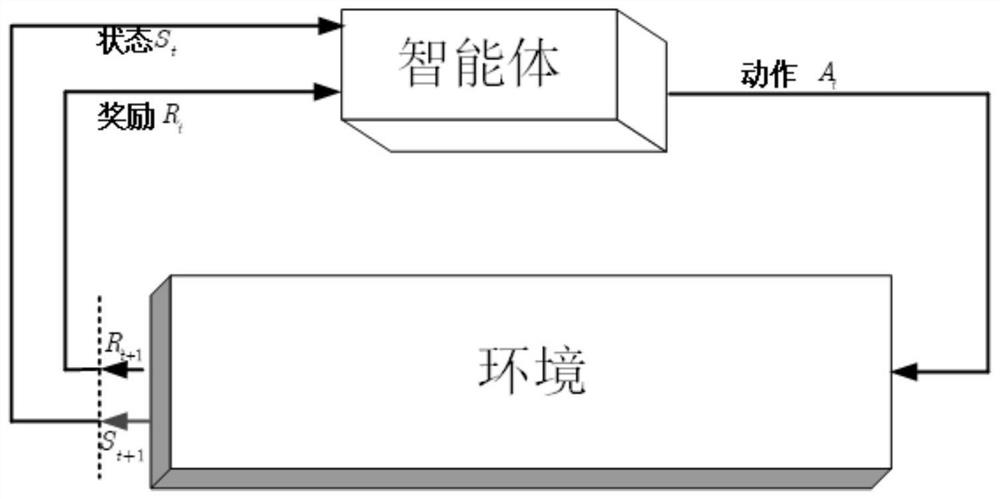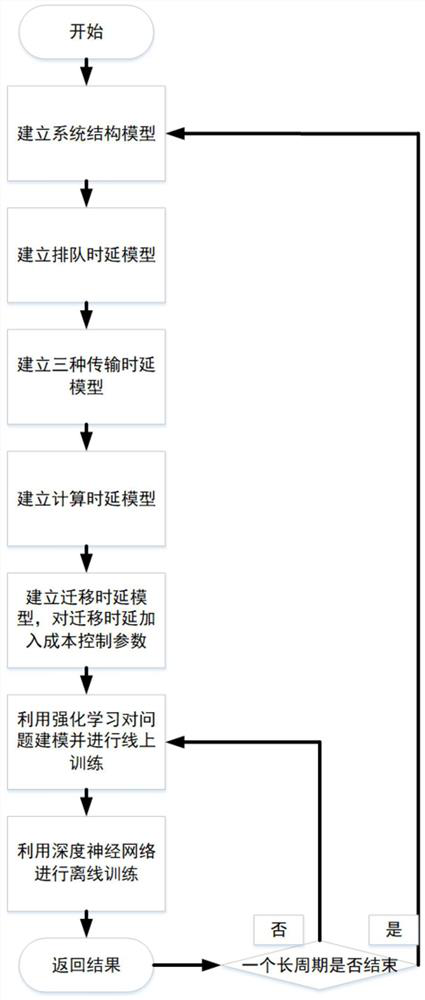Mobile edge computing service placement strategy based on artificial intelligence
A technology of artificial intelligence and edge computing, which is applied in wireless communication, transmission system, electrical components, etc., can solve problems such as the inability to simultaneously optimize network selection and service placement double decision-making
- Summary
- Abstract
- Description
- Claims
- Application Information
AI Technical Summary
Problems solved by technology
Method used
Image
Examples
specific Embodiment approach
[0023] Such as image 3 As shown, the specific implementation process of the artificial intelligence-based mobile edge computing service placement strategy is as follows:
[0024] Step 1: Firstly, model the entire network system, which needs to establish a macro base station model, a small base station model, and a user model. This step needs to establish sets for base stations (including macro base stations and small base stations), edge clouds (including edge clouds to which macro base stations and small base stations are connected respectively), and all users, and number the sets to facilitate subsequent strategy use symbol identification. This step also needs to confirm how many discretized time slots a time period contains, so as to determine the period of a policy cycle.
[0025] Step 2: Divide the user's delay model into a handover delay model and a non-handover delay model. The switching delay model is divided into queuing delay model, transmission delay model and ca...
PUM
 Login to View More
Login to View More Abstract
Description
Claims
Application Information
 Login to View More
Login to View More - R&D
- Intellectual Property
- Life Sciences
- Materials
- Tech Scout
- Unparalleled Data Quality
- Higher Quality Content
- 60% Fewer Hallucinations
Browse by: Latest US Patents, China's latest patents, Technical Efficacy Thesaurus, Application Domain, Technology Topic, Popular Technical Reports.
© 2025 PatSnap. All rights reserved.Legal|Privacy policy|Modern Slavery Act Transparency Statement|Sitemap|About US| Contact US: help@patsnap.com



